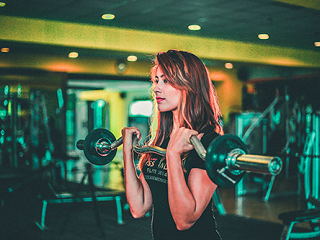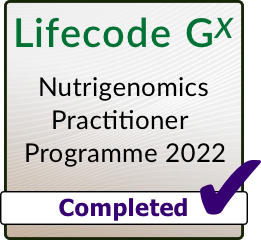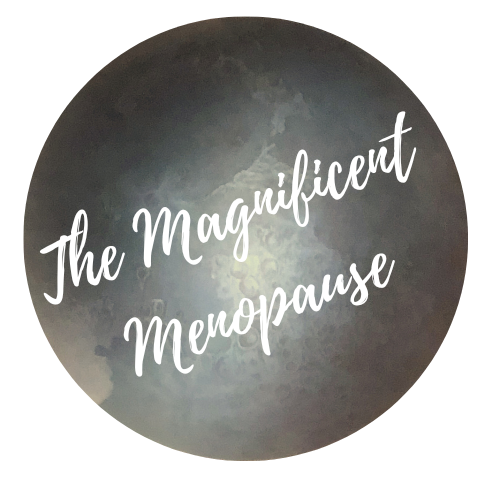ADAPT YOUR TRAINING TO YOUR MENSTRUAL CYCLE

Are you adapting the intensity and type of exercise depending on where you are in your menstrual cycle?
Did you know that most human research is based on young men, yet it is widely applied to women of all ages and it seems many healthcare, sports and exercise “experts” treat women the same as men. It is even a consideration that women are not good participants for research because oestrogen and progesterone can skew up the results!
Female monthly cycling hormones affect their bodily systems differently to men. That’s right, the menstrual cycle affects not only our reproduction system, but also what and how much we eat, our sleep and also our physical performance.
Pronounced male and female difference begin from around puberty when testosterone rises in boys and cycling oestrogen and progesterone begins with the onset of the menstrual cycle in girls. Once the cycle is set in motion, it carries on until we reach the menopause (excluding the times we are pregnant).
It is a natural rhythm; we must embrace it and allow it to do its thing.
Our energy, metabolism, sleep and dietary patterns fluctuate across each menstrual cycle, yet we are habitually encouraged to train and perform in the same way throughout our cycle.
The first thing we need to do is listen to our body and get to know our cycle.
An understanding of your menstrual cycle phases is way more than just knowing when you are fertile, you can use your cycle as a barometer for your overall health, productivity, energy and fitness.
Are you ready to unleash your innate feminine ability?
Your cycle starts with menstruation, this is when you are in the clear of the possibility of pregnancy and your hormone levels are low. Your body feels more relaxed and your hormones are favourable for exercise.
Although you might feel most feminine at this time, your exercise physiology is most like a man’s due to low sex hormone levels. You are likely to feel stronger, therefore you might choose to do your weights and strength training.
It is important to listen to your body and if you are experiencing PMS symptoms, reduce the intensity of your workouts. Your iron levels will drop during this week, so foods high in iron should be your focus.
You then enter your follicular phase, which starts with low hormone levels, but towards the end of this phase your oestrogen levels make their first and highest rise in your cycle. This is usually a “feel good” time of your cycle, you will feel sexy, flirty and gorgeous. You may feel a boost in your energy levels.
When our oestrogen is high, our ligaments get looser, but tendons get stiffer, therefore be careful not to injure yourself during this time of your cycle. Longer warm-ups and not overstretching can be beneficial, as well as replacing explosive movement like burpees or jumping jacks with heavy weights or endurance training which may be an effective injury preventative practice.
Your testosterone is also higher at this time promoting an effective muscle synthesis and repair.
Right at the end of this phase, your oestrogen levels start to drop and your luteinizing hormone (LH) is at its peak endorsing the follicle to release the egg – you are ovulating.
Once ovulation has happened, you are entering the luteal phase, when the lining of your uterus gets thicker to prepare for a possible pregnancy. Your oestrogen levels drop and rise again at this stage and your progesterone increases to a peak.
During the first half, you will likely to continue to feel energised and can embrace strenuous and moderately intense movement. During the second half, as your progesterone surges and bodies starts to wind down leading to menstruation, you will start to feel a decrease in energy. You might see a decrease in endurance here, even more so if you are experiencing PMS symptoms.
You don’t need to skip training entirely during this phase, but you might feel like dropping the intensity of your workouts. Your body temperature is raised, and your heart is working slightly harder, it is the best time for rest and gentle activities such as yoga, Pilates and walking.
In summary
All this said, we are all different and we all respond to hormone fluctuations differently. I purposely didn’t note how long each phase is as your whole cycle may be anywhere between 21 - 35 days long and your cycles might not be regular each month, especially if you are headed towards menopause.
Tune into how you’re feeling and follow what feels right.






